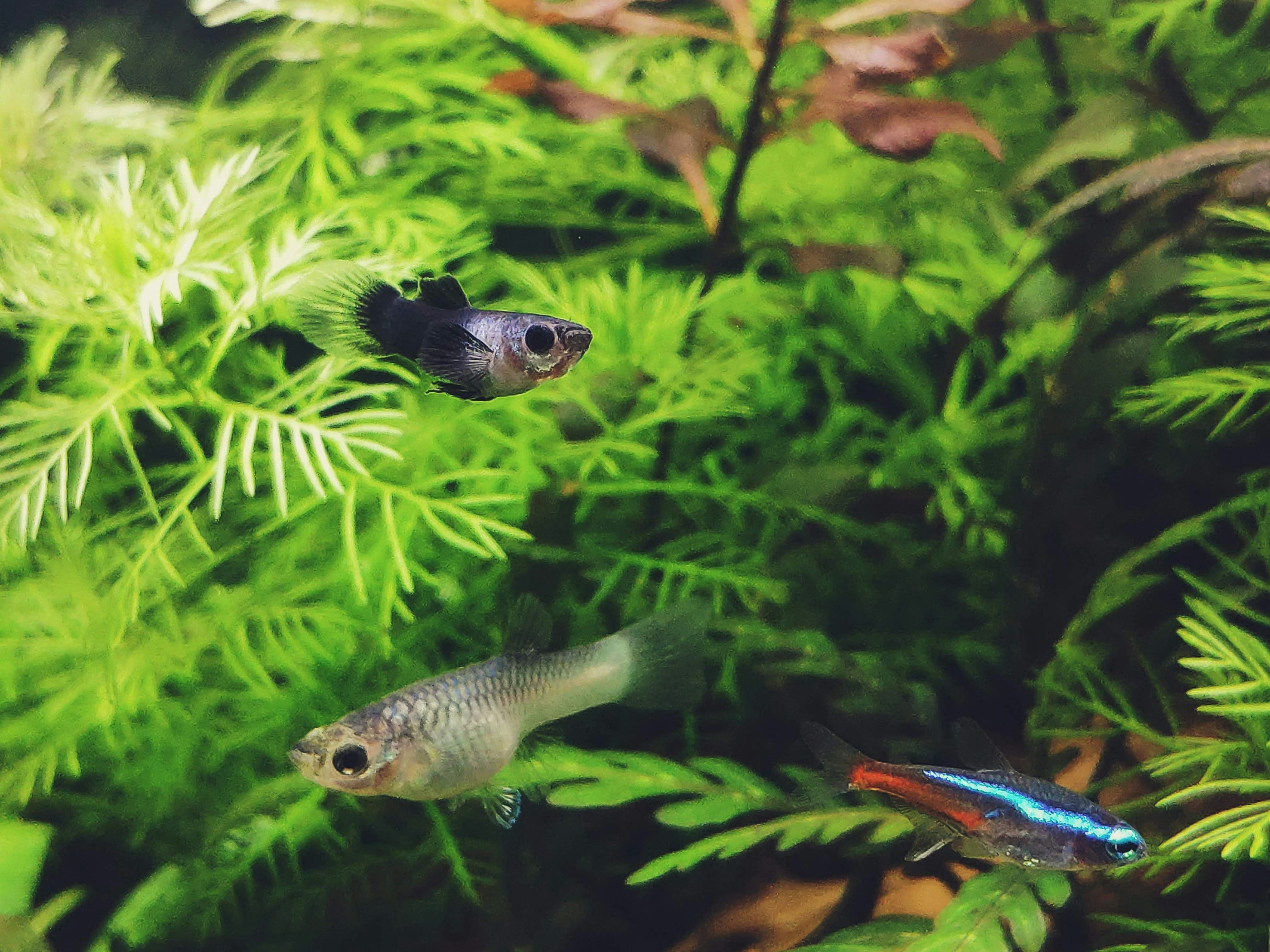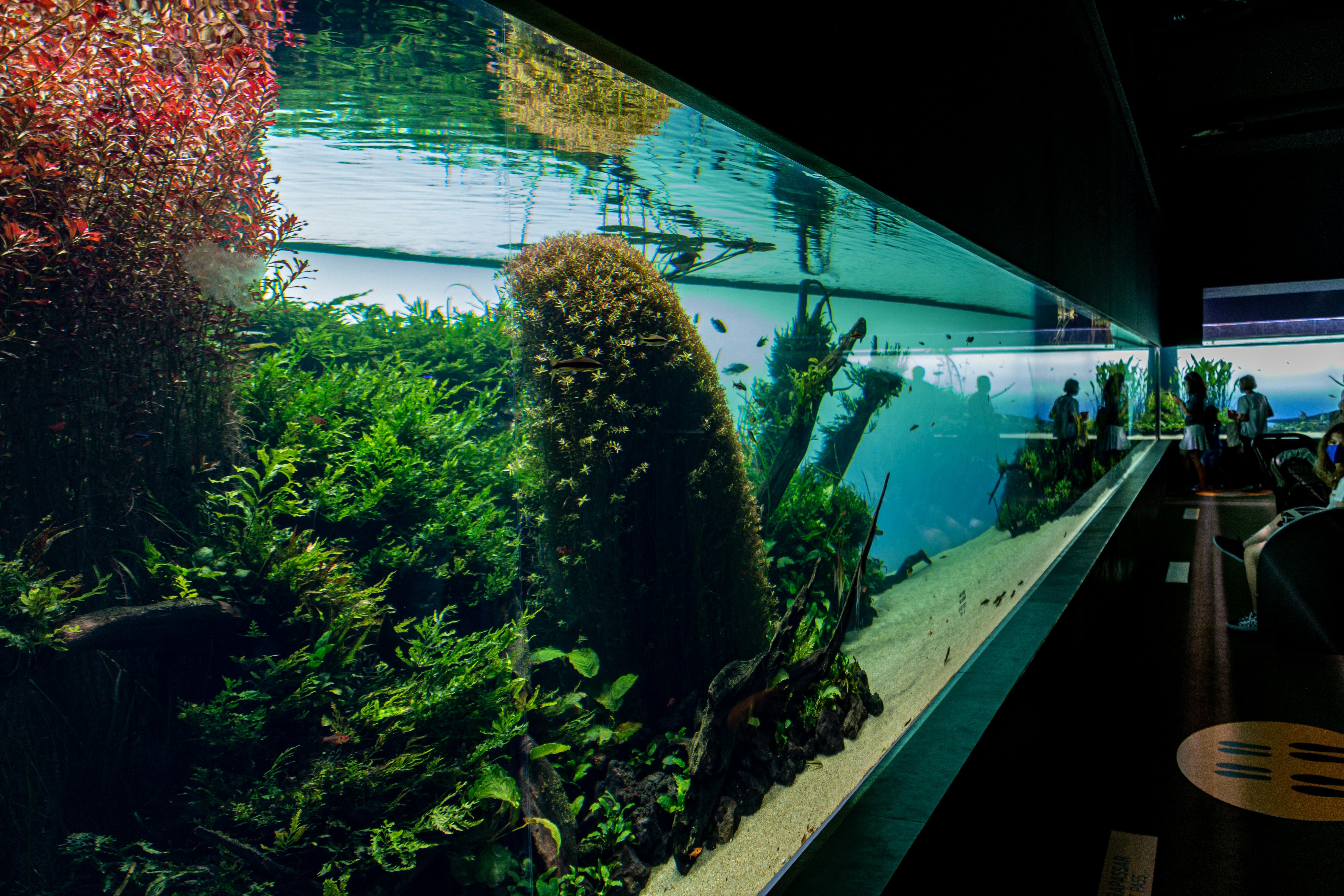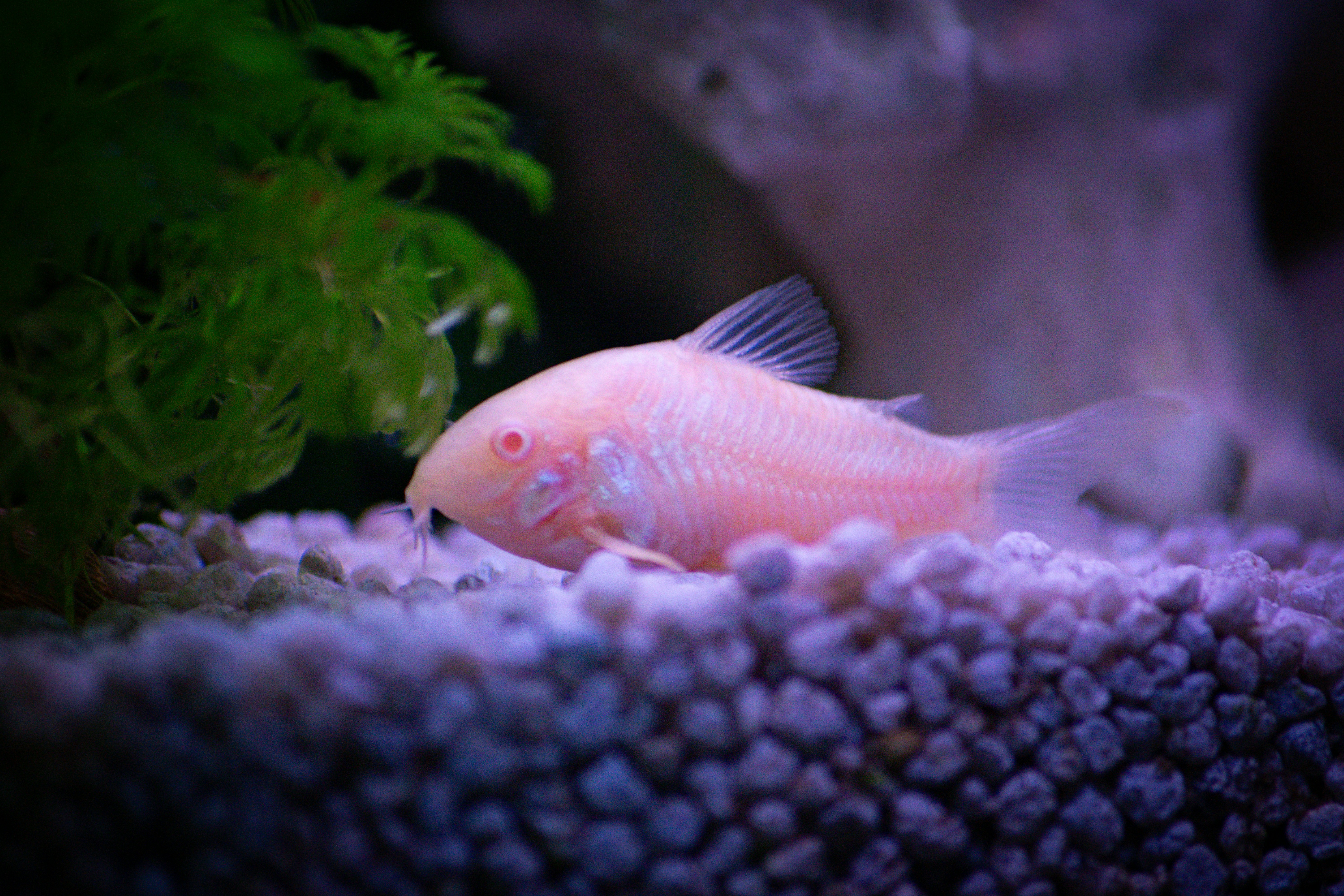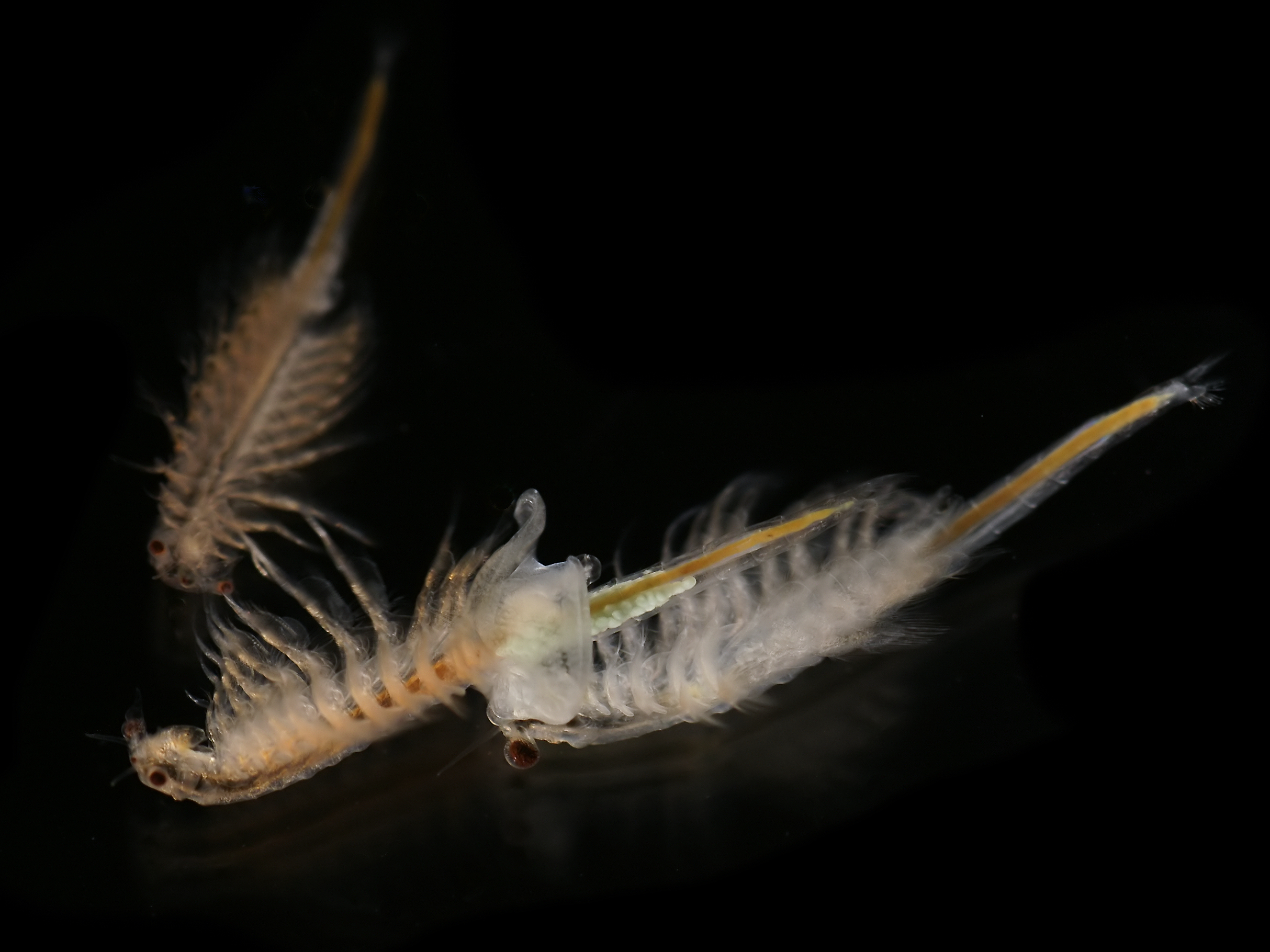
The Art of Aquascaping: Creating Underwater Landscapes
Aquascaping—the art of creating underwater landscapes—transforms an ordinary fish tank into a living work of art. This guide will introduce you to aquascaping fundamentals and help you create a beautiful underwater garden in your own home.
Understanding Aquascaping Styles
Before beginning your aquascape, it helps to understand the major styles that have developed in this art form:
1. Nature Aquarium (Takashi Amano Style)
Developed by the legendary Takashi Amano, this style mimics natural landscapes using driftwood, rocks, and lush plantings. It typically features asymmetrical layouts with focal points and open swimming spaces.
2. Dutch Style
The Dutch style focuses on dense, colorful plant arrangements with less emphasis on hardscape. Think of it as an underwater flower garden with careful attention to contrasting leaf colors, sizes, and textures.
3. Iwagumi
This minimalist Japanese style uses carefully positioned rocks as the main focal point, with simple carpeting plants. It follows specific rules about stone placement and odd numbers of stones.
4. Jungle Style
As the name suggests, this free-form style creates a wild, overgrown appearance with dense plantings and minimal visible hardscape. It's less structured than other styles but creates a natural, wild look.
5. Biotope
A biotope aquascape recreates a specific natural habitat, using only plants, hardscape, and fish that would naturally occur together in a particular river, lake, or stream.
Essential Materials for Aquascaping
Creating a beautiful aquascape requires the right materials:
Substrate
The base layer of your tank is crucial for plant growth and overall aesthetic:
- Aquasoil: Nutrient-rich substrate ideal for planted tanks (ADA Aquasoil, Fluval Stratum)
- Sand: Perfect for foregrounds and creating paths
- Gravel: Available in various sizes and colors
Hardscape Materials
- Rocks: Seiryu stone, dragon stone, lava rock, ohko stone
- Driftwood: Spider wood, manzanita, malaysian driftwood
- Decorative elements: Ceramic caves, 3D backgrounds (for specific themes)
Plants
Select plants based on their growth habits and requirements:
- Carpeting plants: Monte Carlo, Dwarf Baby Tears, Dwarf Hairgrass
- Stem plants: Rotala, Ludwigia, Bacopa
- Rosette plants: Amazon Swords, Cryptocoryne varieties
- Ferns and mosses: Java Fern, Anubias, Christmas Moss
- Floating plants: Water Lettuce, Frogbit, Salvinia
Equipment for Successful Plant Growth
Beautiful aquascapes require specific equipment to thrive:
- Lighting: High-quality LED lights with appropriate intensity for your chosen plants
- CO2 System: Essential for high-tech tanks with demanding plants
- Filtration: Canister filters work well for planted tanks
- Fertilization: Liquid fertilizers and root tabs to provide nutrients
- Maintenance tools: Curved scissors, tweezers, algae scrapers
Design Principles for Creating Balanced Aquascapes
Apply these artistic principles to create a visually pleasing underwater landscape:
1. The Rule of Thirds
Divide your tank into a 3×3 grid. Place focal points at the intersections of these grid lines rather than in the center for a more dynamic composition.
2. Golden Ratio
Create a focal point approximately 1/3 from either side of the tank. This creates natural visual flow and draws the eye through the composition.
3. Depth and Perspective
Create the illusion of depth by:
- Using smaller-leaved plants in the background
- Placing larger elements in the foreground
- Creating paths that lead the eye into the "distance"
- Using fine sand in the foreground transitioning to larger substrate in the back
4. Contrast and Texture
Use contrasting leaf shapes, colors, and textures to create visual interest. Mix fine-leaved plants with broader leaves, and contrast light and dark green plants.
5. Negative Space
Don't feel compelled to fill every inch of the tank. Open areas create resting spaces for the eye and swimming space for fish.
Step-by-Step Aquascaping Process
- Plan your design: Sketch your layout or create a mockup with materials before adding water
- Install equipment: Position filter intakes/outputs, heaters, and CO2 diffusers (if used)
- Add substrate: Create slopes and height variations to add depth
- Position hardscape: Arrange rocks and driftwood according to your chosen style
- Plant from back to front: Start with background plants, then midground, finally foreground
- Fill carefully: Add water slowly to avoid disturbing the layout
- Adjust lighting and CO2: Start with shorter photoperiods (5-6 hours) and gradually increase
Maintenance and Evolution
A beautiful aquascape requires ongoing care:
- Regular pruning: Trim plants to maintain shape and prevent overgrowth
- Water changes: Weekly 25-50% water changes to remove excess nutrients
- Substrate cleaning: Gentle vacuuming in open areas
- Algae management: Control light duration, maintain CO2 levels, and introduce algae eaters
- Fertilization: Regular dosing according to your plants' needs
Remember that aquascapes are living art that changes over time. Embrace this evolution and be willing to adjust your design as plants grow and the layout matures.
Choosing Fish for Your Aquascape
Select fish that complement rather than detract from your aquatic landscape:
- Schooling species: Neon tetras, cardinal tetras, rasboras
- Bottom dwellers: Corydoras catfish, small loaches
- Statement fish: Gouramis, angelfish (for larger tanks)
- Algae control: Amano shrimp, otocinclus catfish, nerite snails
Choose fish based on their size, behavior, and compatibility with your plants. Avoid fish that dig or uproot plants if you have delicate carpeting species.
Low-Tech vs. High-Tech Aquascaping
You don't need all the expensive equipment to create a beautiful aquascape:
Low-Tech Approach:
- No CO2 injection
- Moderate lighting
- Focus on undemanding plants (Anubias, Java Fern, Cryptocoryne, Bucephalandra)
- Lower maintenance requirements
- Slower growth but still beautiful results
High-Tech Approach:
- CO2 injection system
- High-intensity lighting
- Rich substrate and regular fertilization
- Can support demanding plants (carpeting plants, stem plants)
- Faster growth but requires more maintenance
Both approaches can create stunning results. Choose based on your budget, available time for maintenance, and desired aesthetic.
Finding Inspiration and Community
Connect with other aquascapers to learn and grow in the hobby:
- Follow aquascaping competitions like IAPLC and AGA
- Join online forums and social media groups dedicated to aquascaping
- Study nature for inspiration on compositions and layouts
- Visit local fish stores that specialize in planted tanks
Remember that aquascaping is both an art and a science. With patience, creativity, and an understanding of plant needs, you can create a stunning underwater landscape that brings beauty and tranquility to your home.


